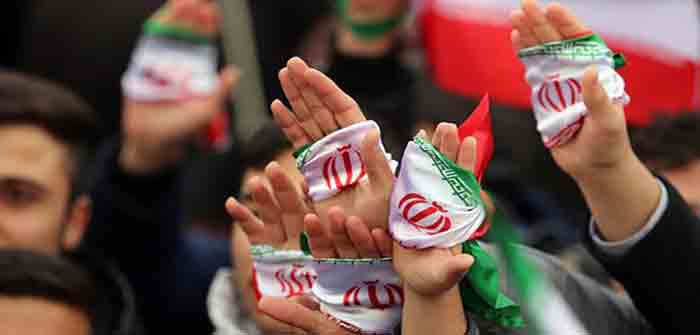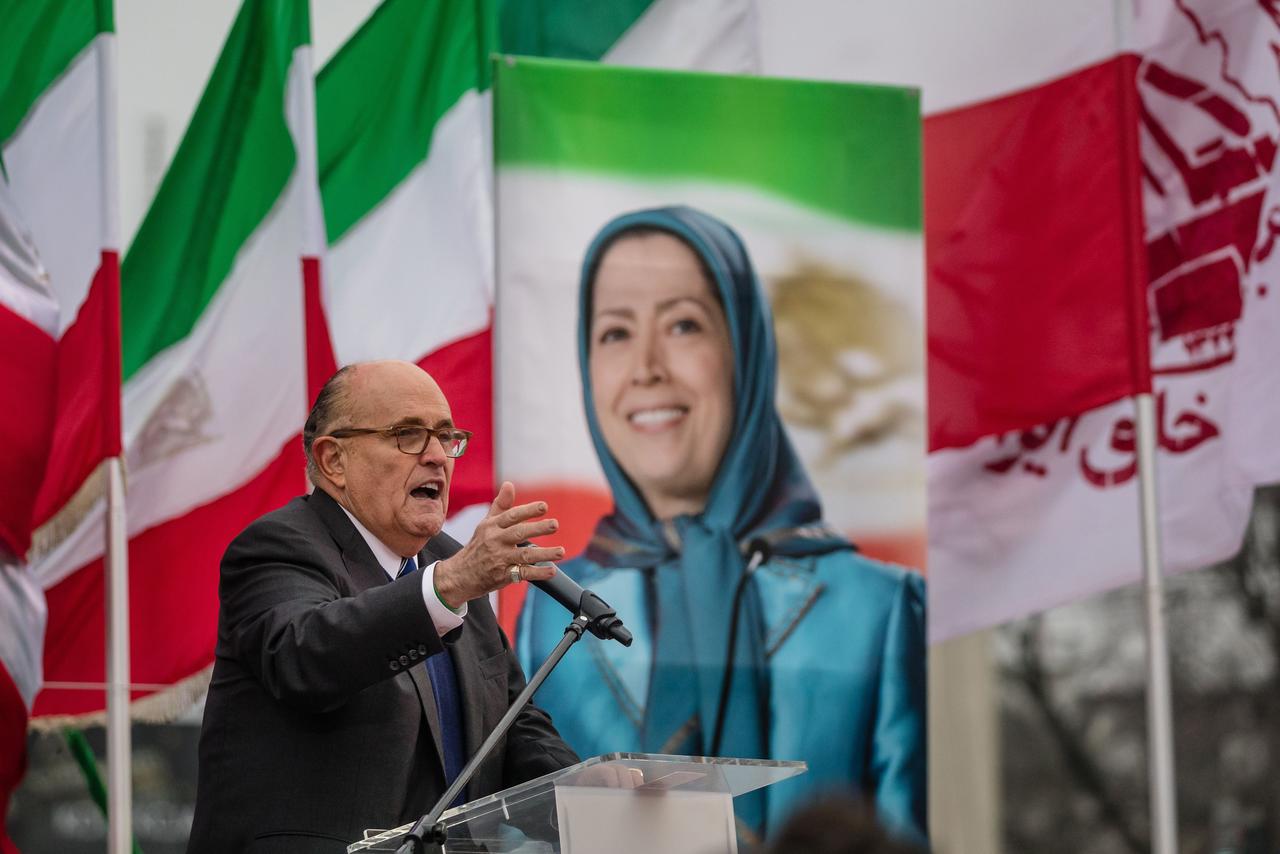
Iran continues to release details surrounding the killing of its top scientist Mohsen Fakhrizadeh. On Monday, a senior Iranian official said a controversial group of Iranian exiles based in Albania could have been involved in the assassination.
“We have some clues but surely the ‘Monafeghin’ group was involved and the criminal element behind it is the Zionist regime and Mossad,” Ali Shamkhani, secretary of the Supreme National Security Council of Iran, told state TV.
The “Monafeghin” refers to the National Council of Resistance of Iran, a coalition led by the People’s Mujahedin of Iran, or MEK (Mujahedin-e Khalq). The MEK is a controversial group widely considered to be a cult, and up until 2012, was designated as a terrorist group by the US government.

For their part, the MEK denied any role in Fakhrizadeh’s death. The MEK released a statement and rejected Iran’s claim as “rancor and lies.” The group said the accusation was “nothing new” since they’ve been implicated in previous assassinations of Iranian scientists.
Between 2007 and 2012, five scientists were killed inside Iran. Although never officially acknowledged, the attacks have been attributed to Israel. In February 2012, anonymous US officials told NBC News that the MEK carried out these attacks.
The NBC story said the MEK is “financed, trained and armed” by Israel’s secret service. Later that year, in September 2012, then-Secretary of State Hilary Clinton ordered the MEK to be removed from the US terror list after giving heaps of money to US officials.
The MEK started as a Marxist-Islamist group that was founded in the 1960s and opposed the US-backed Shah. Throughout the 1970s, the MEK killed scores of the Shah’s police force, and the group played a role in the 1979 revolution. After the revolution, the MEK was at odds with the Ayatollah and opposed the new Islamist government, staging attacks against the Mullahs…
Continue Reading